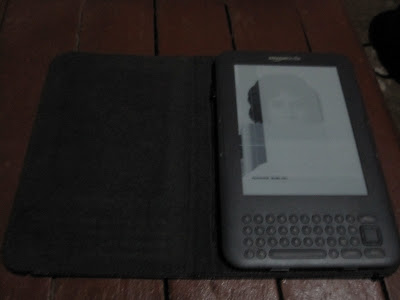12 dump trucks of rock and 150 bags of cement later, we are nearly
finished with the school site's excavation and retaining walls. By my
rough calculation, we have moved over 3,400 rocks larger than a breadbox
(and thousands of smaller rocks) to form the three tiers of retaining
walls. The walls are 50 cm thick at the base, reinforced with rebar and a
cement mixture much stronger than what most Ethiopian contractors use.
In short, the school will not be going anywhere soon.
The excavation required 11 days of 32 villagers digging, carrying, and sweating in the Ethiopian sun. The community worked diligently in highly coordinated teams to excavate the three tiers of soil needed to properly level the land for the school's foundation. 16 interchanging workers traded off on carrying loads of dirt for entire 8-hour work days. Without expensive wheelbarrows, dirt is transported in two-person conveyances, little more than trays between two poles.
The bathroom pit has been completed – about 260 square meters of earth – and a majority of the approximately 170 post holes have been dug. I am happy to announce that much of the hard labor and toil is behind us, and the school framing will begin next week.
It hasn't been easy. But as the school site starts to take shape it's fair to say that everyone from the community feels great sense of gratification in the work.
The excavation required 11 days of 32 villagers digging, carrying, and sweating in the Ethiopian sun. The community worked diligently in highly coordinated teams to excavate the three tiers of soil needed to properly level the land for the school's foundation. 16 interchanging workers traded off on carrying loads of dirt for entire 8-hour work days. Without expensive wheelbarrows, dirt is transported in two-person conveyances, little more than trays between two poles.
The bathroom pit has been completed – about 260 square meters of earth – and a majority of the approximately 170 post holes have been dug. I am happy to announce that much of the hard labor and toil is behind us, and the school framing will begin next week.
It hasn't been easy. But as the school site starts to take shape it's fair to say that everyone from the community feels great sense of gratification in the work.




























